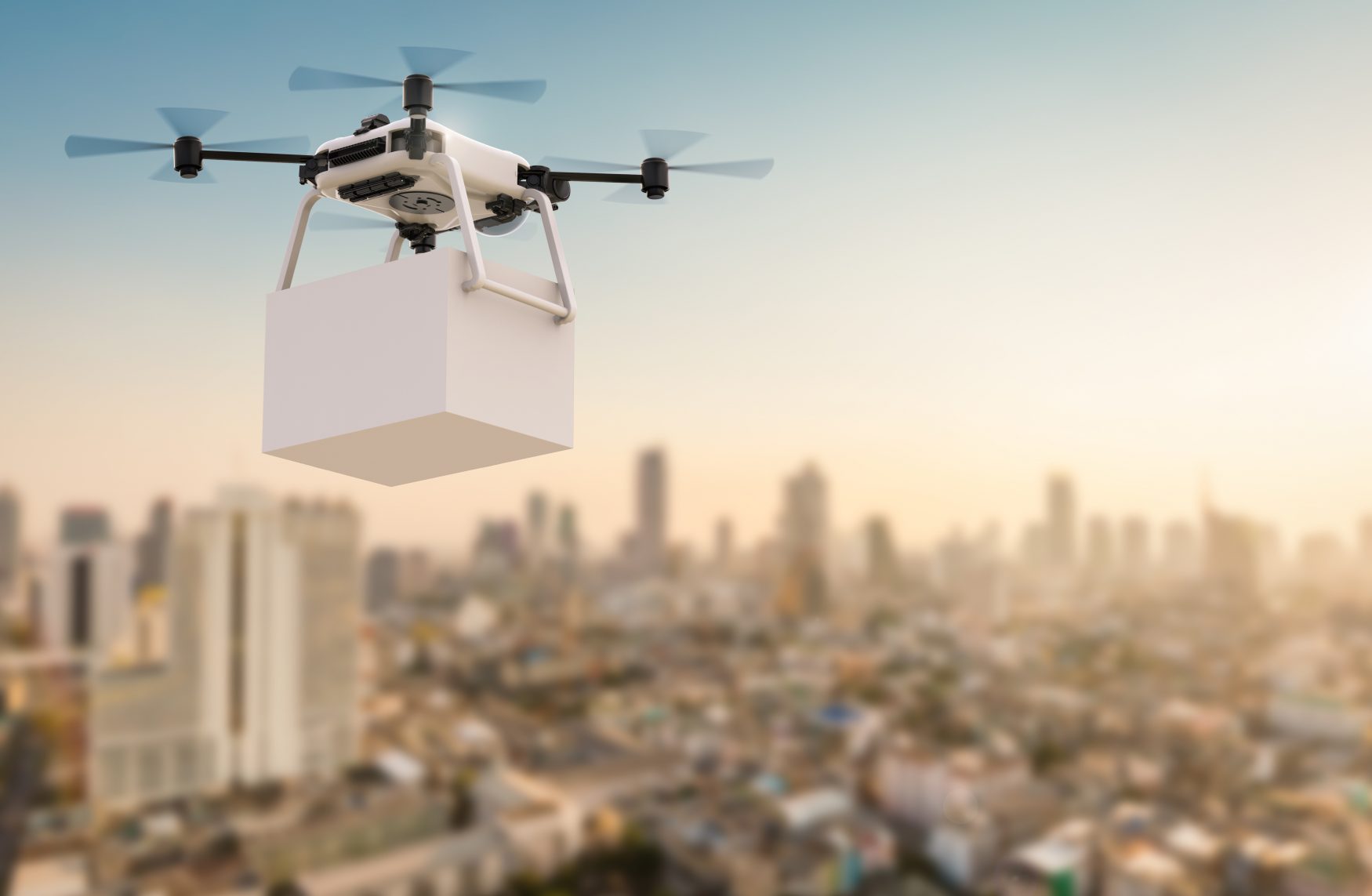
Aerial Drones Used By The U.S. Military
Aerial Drones Are a Technology Capable of Service to the New World Order. The Drones Are Perfectly Suited for Aerial Surveillance of American Citizens, Further Eroding Privacy Rights.
Aerial Drones are used by the U.S. military to patrol the skies over Afghanistan and Iraq. These have been employed for several years.
They can identify enemy encampments and protect military bases. They may also be used to launch missile attacks.
Now, some of these aircraft are also doing duty at home in the United States.
The American People are affected by this because the government is using aerial drones for ”border security” and ”domestic surveillance”.
Some corporations are also using drones in conducting tasks like aerial photography and pipeline monitoring.
Borders and ports are being viewed from about 12,000 feet. It’s an automated operation that is under way in Arizona.
There’s one county in North Carolina that uses drones to watch people.
Aerial Drones have been used to observe gatherings of motorcycle riders from only a few hundred feet in the air. This is close enough to see faces.
They can also be used to detect marijuana crops. This increases some privacy concerns.
It also involves safety, since there’s the chance of a collision with other aircraft.
Pilots have to undergo heavy training in collision detection and avoidance.
Generally, aircraft that are in the air at night must have special kinds of lights.
If these aircraft are used close to busy airports, it is necessary for them to have a transponder that will indicate the altitude.
When flights take place during bad weather or higher than 18,000 feet above the sea level, the pilot has to have radio contact with controllers.
Drones are Unregulated
But none of these anti-collision regulations affect the aerial drones.
Some people are concerned that drones, whether they’re remote controlled or autonomous, may pose a risk to pilots and passengers.
They are not too worried about the large drones the military uses, which have advanced radar systems.
They are more concerned about the smaller drones that employ limited equipment and involve less experienced ground controllers.
People want the FAA to decide what aerial drones are– aircraft or not.
They want the drones to be regulated like other aircraft and they want to see them integrated into the system.
There are no rules that certify the drones or the operator.
They need regulations to certify how to operate them in national airspace.
The FAA claims it has created a ”program office” to invent new regulations for the sky, but this may take as long as three or four years to be implemented.
Drones for Every Use & Application
There is a wide variety of drones, which makes things more complicated. Some are like large model aircraft. Some only weigh a few ounces while others weigh a few pounds.
Then there are military models that may be as large as a Boeing 737. These can be designed to use fuel slowly.
They have lengthy flight times and low airspeeds. This means they can fly at an identical altitude as a jet but at half the speed.
Congress and the FAA are pushed hard by the manufacturers of drones. These people see a profitable market in the area of surveillance and aerial photography.
Today there are more than 1,200 drones in the United States’ military arsenal. Just a few years ago, there were fewer than 100.
A Breach of Human Rights?
Some see the use of drones as a breach of human rights, while the Obama administration wants more investment in this kind of military might.
That poses some problems and tender issues for people concerned about continued attempts to involve the entire world in surveillance.
Reports show that Predator spy planes were initially employed in Bosnia and Kosovo over ten years ago. The fleet has increased rapidly.
It now consists of 195 Predators and 28 Reapers. These aerial drones complete 34 surveillance patrols every day in Iraq and Afghanistan.
That’s an increase from 12 in 2006. They also send 16,000 hours of video to the troops each month.
Despite being popular, the drones have a variety of problems. This is because of the rush to press them into service.
Air Force commanders admit that more than one third of the Predators have been involved in a crash.
Protests about civilian casualties have also created distress among some human rights proponents.

 My First Amazing Ayahuasca Experience
My First Amazing Ayahuasca Experience  Pine Needle Tea
Pine Needle Tea  The REAL Controllers of Humanity: The Papal Bloodlines
The REAL Controllers of Humanity: The Papal Bloodlines  Is it Global Warming or Cooling?
Is it Global Warming or Cooling?  Gun Rights and Obama Examined
Gun Rights and Obama Examined